The Philippines has vast sources of renewable energy (RE), but these remain largely untapped because of red tape and delays in policy implementation.
"Red tape remains to be an issue when it comes to developing RE," Sen. Sherwin Gatchalian said in his keynote address during The Manila Times forum "Propelling Renewable Energy against Climate Change."
Another factor that has greatly affected RE growth is the delay in implementing some of the policies to develop clean energy sources.
Monalisa Dimalanta, former chairman of the National Renewable Energy Board (NREB), said the feed-in-tariff (FiT) program, which she described as the "banner program" of the Renewable Energy Act of 2008, took years before it was implemented.
"As soon as the FiT program was passed, the targets for capacity in solar and wind were immediately not just met but oversubscribed such that the Department of Energy decided to increase and accommodate the projects that were coming along," Dimalanta said.
She added that an incentive scheme designed to hasten the development of RE sources, the implementation of net metering program, a non-fiscal incentive which aims to promote the utilization of renewables, was likewise delayed.
"Not only was the program delayed, there was a very, very slow uptake," she said.
WeGen President Charlie Ayco pointed out that the government should simplify and standardize requirements and permits.
"It's very difficult to get permits from LGUs (local government units) and each LGU will have its own set of requirements. If there is one set of requirements, then it's easy," Ayco said.
Solar Philippines President Leandro Leviste said the key challenge to harnessing unconventional energy sources was two-fold.
"First is the shortage of supply of renewable energy sites and the second is the need for the market of distribution utilities of the Philippines to enable the demand," Leviste said.
He added that from 2009 to 2019, RE share declined to 26.5 percent.
"With all the trends going globally, with all the laws enacted, with all the future laws that will be enacted, one might think that RE should be growing at a faster pace and should be eating up a bigger share in our energy mix. Unfortunately, it's not," Levi said.
Meanwhile, Dimalanta noted that the country continues to use imported coal, exposing the country to supply interruptions worldwide.
"We are exposed, we are vulnerable to those supply interruptions as we have seen during this Covid situation. Not only in terms of the logistics but also in terms of pricing. We're held hostage by the prices that the supply takes wherever we get them," she said.
Renewables cheaper
LONGi Solar Regional Sales Director for Asia Pacific Sam Zheng said the country can tap into the solar photovoltaic (PV) system as its cost has declined by 75 percent.
"The limited electricity in the Luzon area and electricity supply to over 7,000 islands... the different applications of solar PV can bring a lot of clean and cheap electricity to the end-user in the Philippines," he said.
For Ayco, even if the country shifts to RE, power consumers will continue to have high bills, as the country has "one of the highest costs of electricity."
He proposed a "complementary approach" that entails constructing hundreds of thousands of small solar installations that are integrated into one system through energy aggregation and net metering.
This article was originally published by Manila Times.
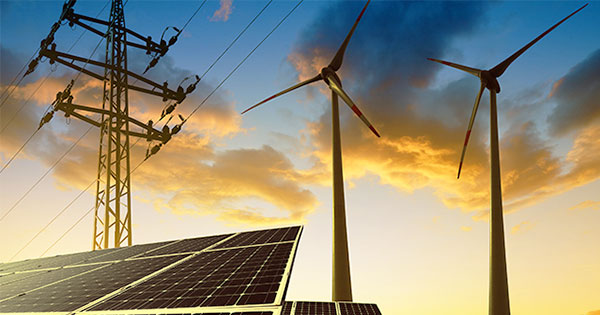

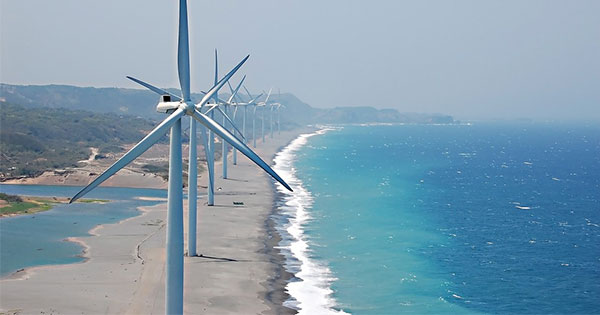
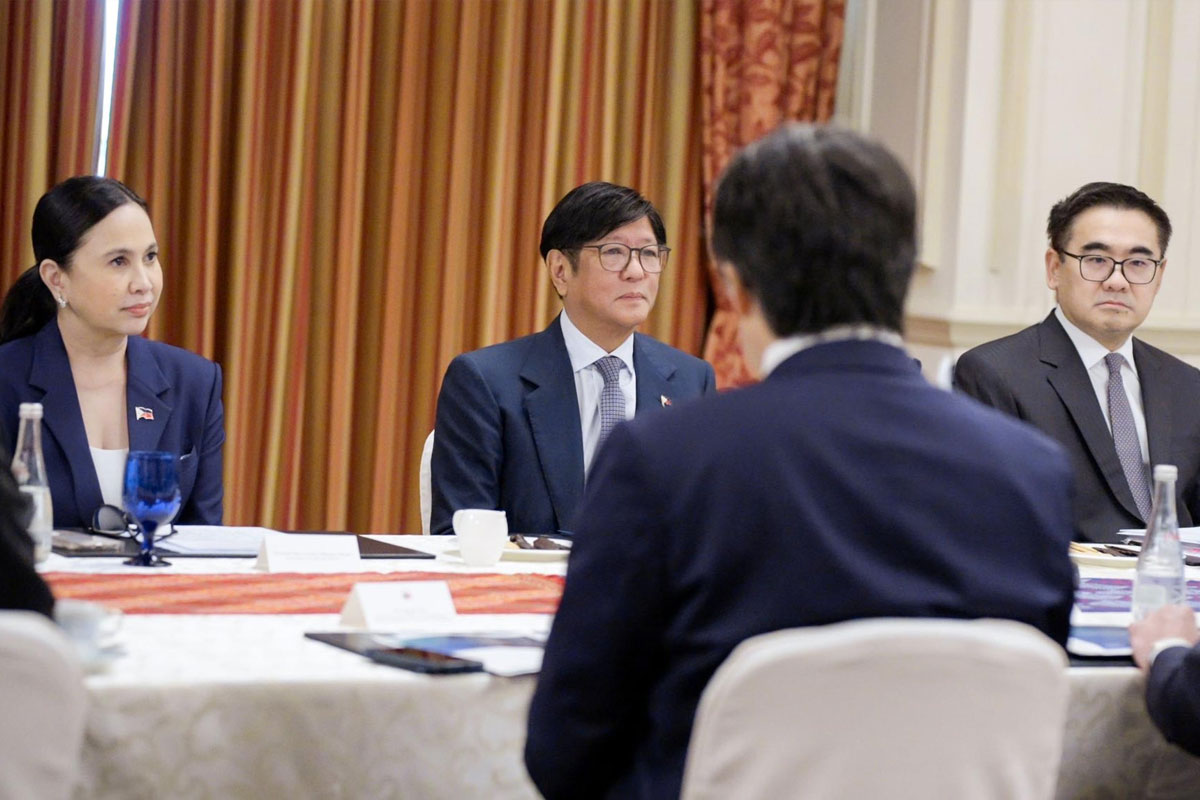

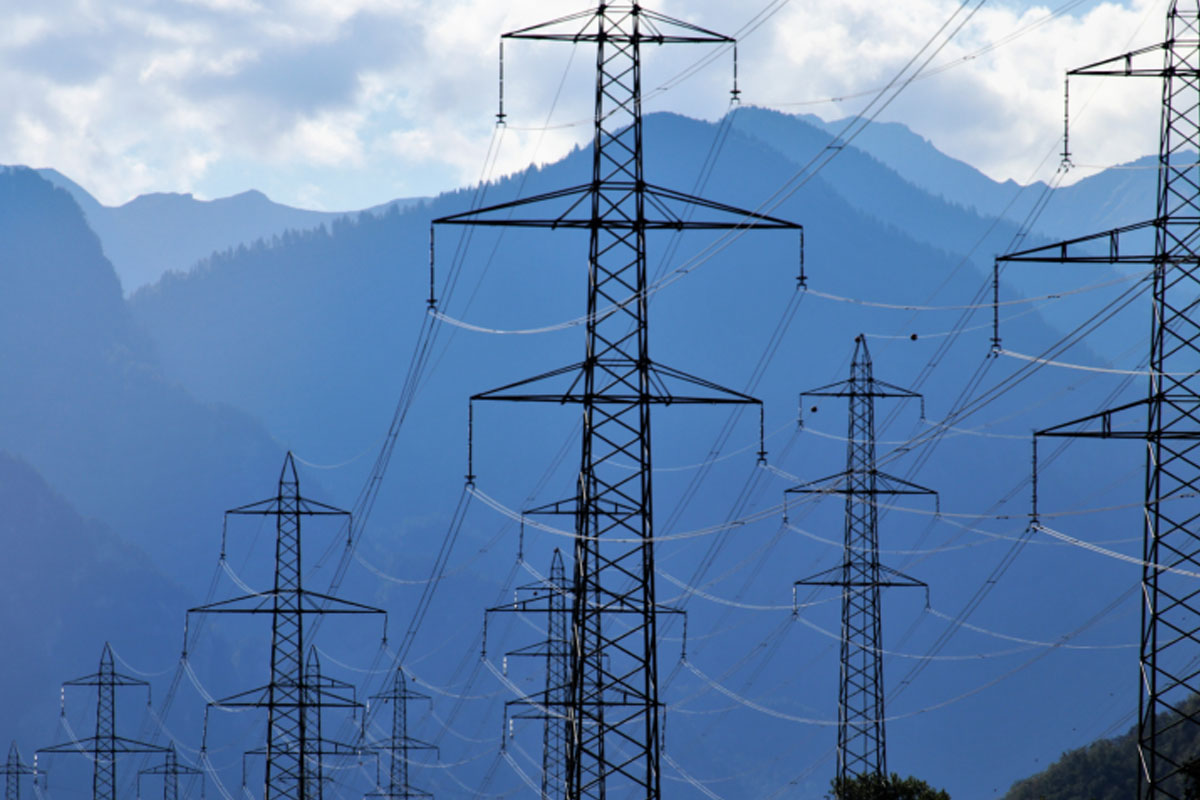
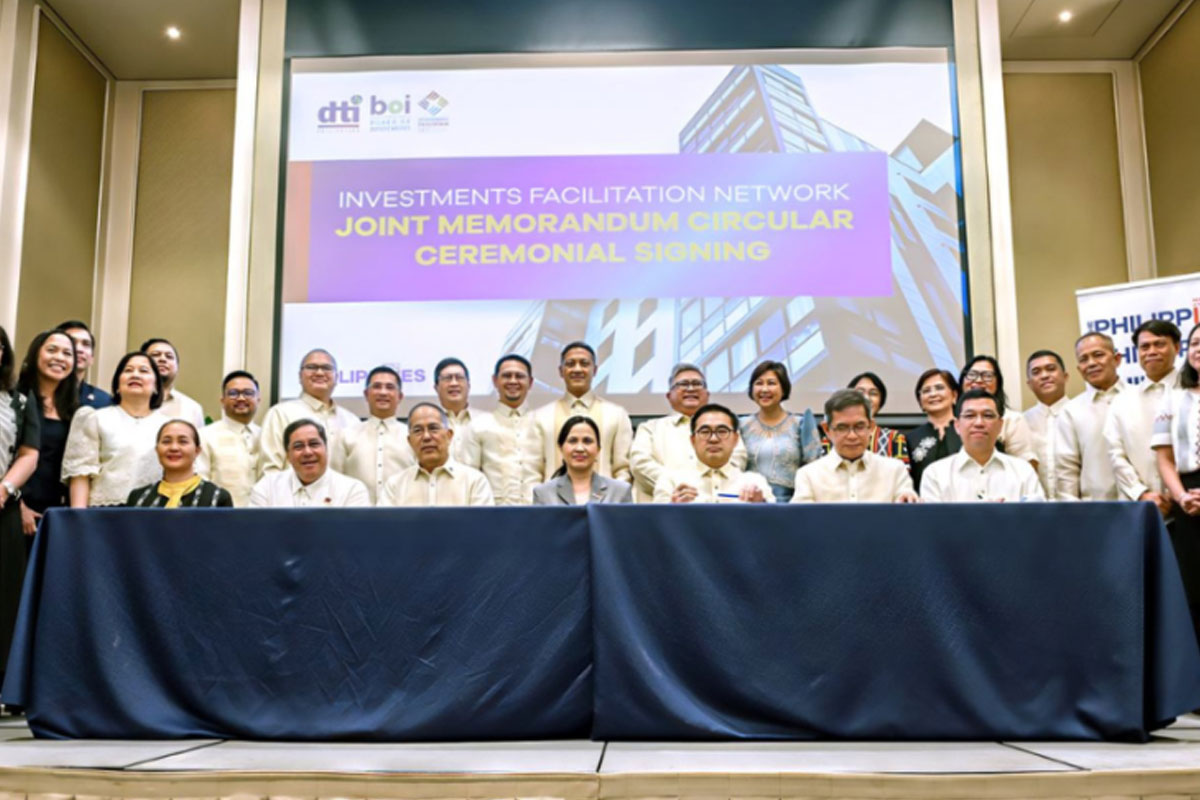
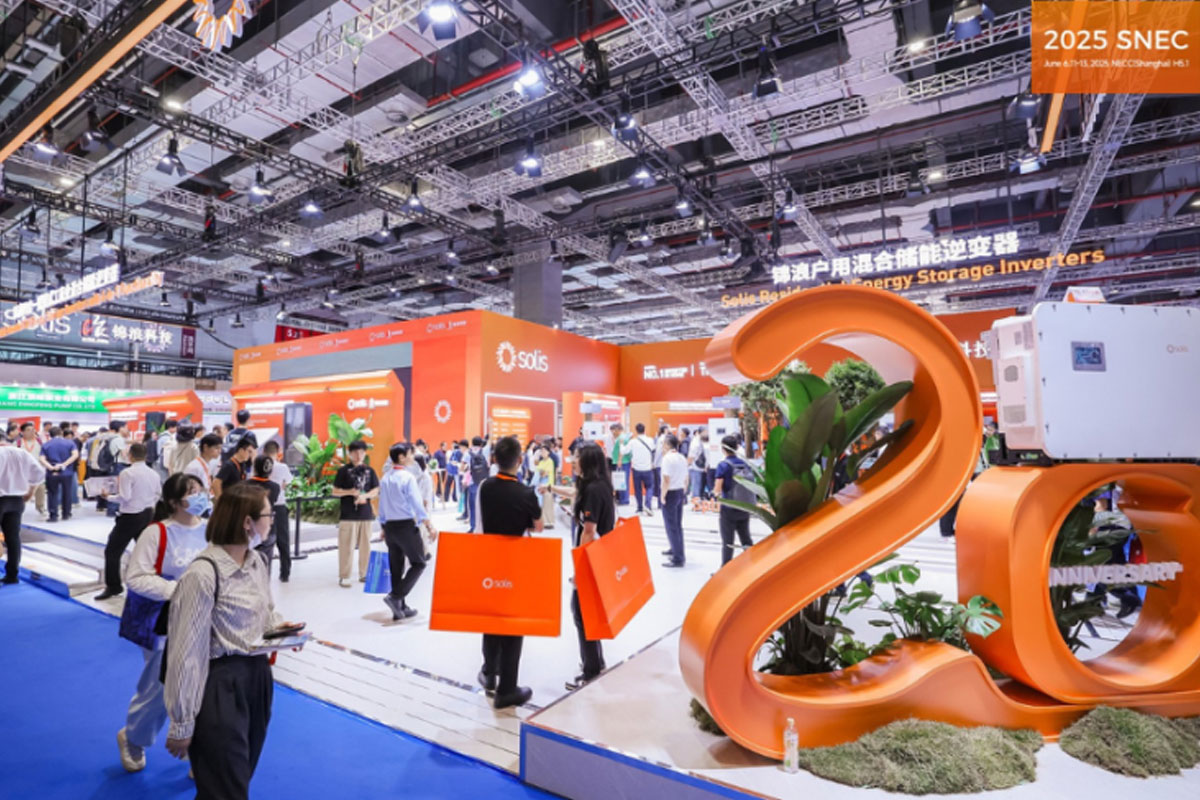

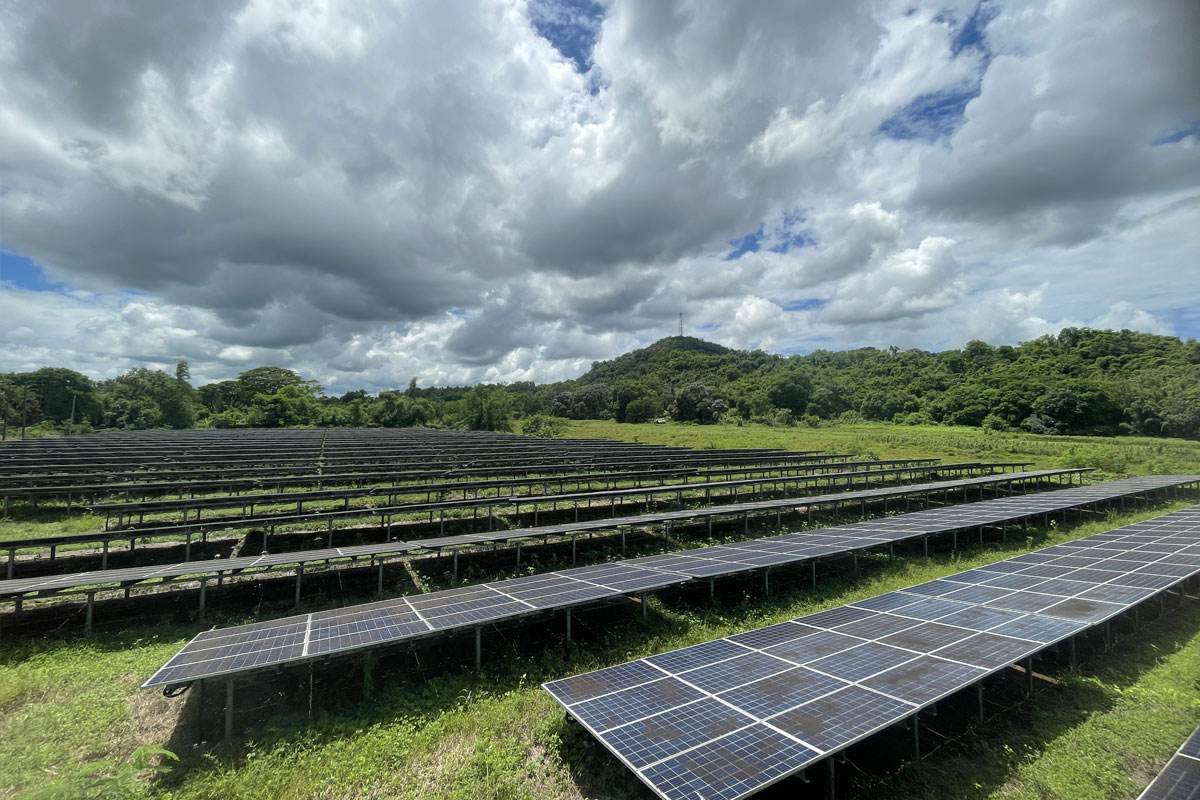


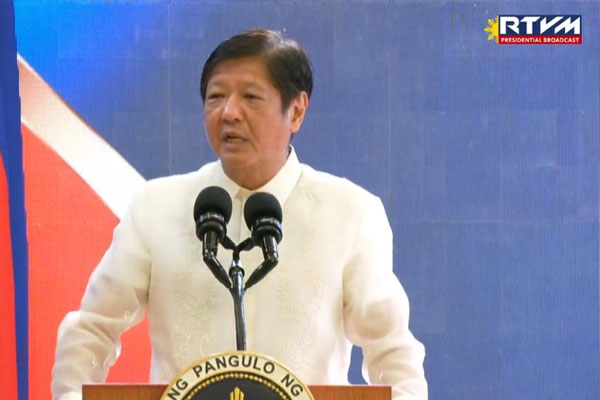

Leave a Comments